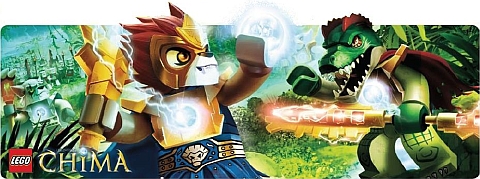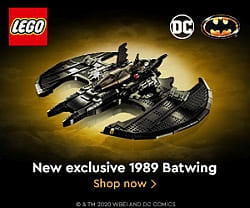Today I would like to show you a LEGO book I have recently read and just couldn’t put down. It is titled LEGO Space: Building the Future by Peter Reid and Tim Goddard, and published by No Starch Press. First let’s check out the official description and video introduction, then I will share with you why this book is one of my most favorites. 🙂
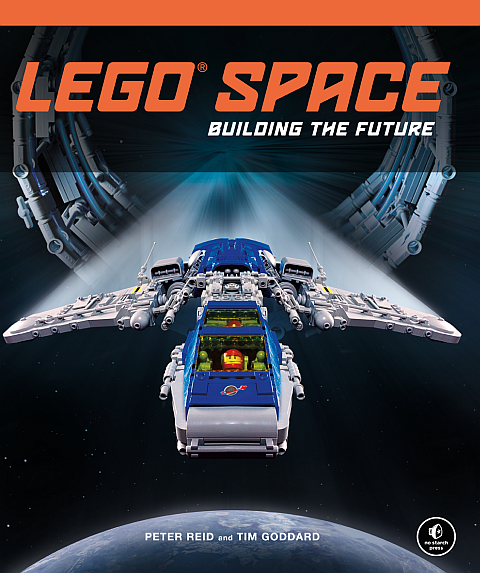
LEGO Space: Building the Future by Peter Reid and Tim Goddard description: Come explore an incredible LEGO universe in LEGO Space: Building the Future. Spaceships, orbital outposts, and new worlds come to life in this unique vision of the future, built completely from LEGO bricks. A selection of step-by-step building instructions will have you constructing your own cosmic creations to play with at home. Marvel at interstellar battlecruisers, space pirates, charming robots, and other stunning builds from an amazing future!
Peter Reid has been a fan of LEGO since childhood. He is a contributor to The LEGO Play Book, his work appeared in The LEGO Book, and he has attended design workshops with the LEGO Group in Billund. His incredible LEGO Exo Suit, featured in this book, has been chosen by LEGO for mass production in 2014, as LEGO CUUSOO #006, Exo Suit. He lives near London with his fiancee, Yvonne. Tim Goddard is a contributor to the New York Times-bestselling The LEGO Ideas Book and The LEGO Play Book. He has also participated in product development with the LEGO Group. He works as a laboratory manager and lives with his wife, Sharon, in the UK. Here is a little teaser-video for the book:
LEGO Space: Building The Future is a very unique book. It pays tribute to many of the best LEGO space themes like LEGO Classic Space, LEGO Ice Planet, LEGO Blacktron, LEGO Space Police and more, with beautifully detailed models. It also includes step-by-step instructions for a dozen or so of those models. And it comes with a great sci-fi story that waves all the characters, robots and spaceships together into one book. As you flip through the pages, you will be reading the story, building the models, and looking at some of the best and most inspiring LEGO space models.
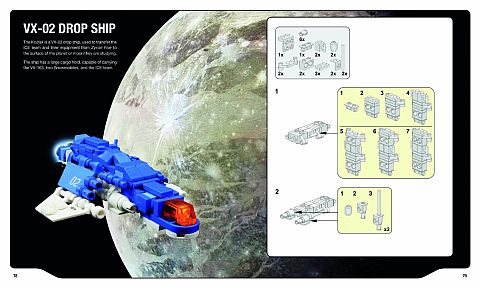
The story of this LEGO book starts out with a summary of the history of real space travel from the first Russian Sputnik, to Neil Armstrong landing on the Moon, to the Curiosity rover exploring the surface of Mars. This section includes some realistic LEGO creations of the events.

From the second chapter on this LEGO book continues from the middle of the 21st century where the space-program expands into finding and excavating rich resources on distant planets, building human settlements in these new worlds, continue with exciting scientific discoveries, and face challenges that no-one anticipated.

One of the most interesting aspect of this LEGO book is that as the story develops, for each of the key characters, ships, robots and settlements there is a LEGO creation included. This takes free-building with LEGO to a new level where the LEGO characters and models come alive within a narrative that feels realistic; you feel for these characters and every detail of the robots, vehicles, machines and space-stations makes sense.
Of course as in any good sci-fi story, things don’t always go as planned, and the humans (or minifigs in this case) run into some dangerous discoveries that will turn their lives upside down and send the whole space-mission into a completely unexpected direction.
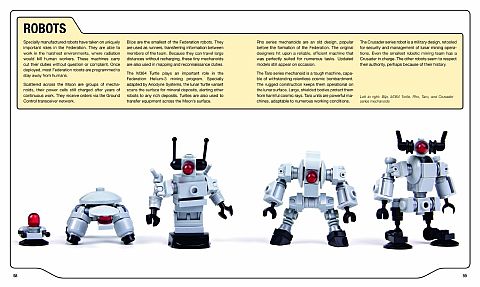
I won’t spoil the story of this LEGO book for you, but I can tell you that I got completely immersed in the story, as well as the models, while turning the pages. As you read the book you will get inspired and pause at times to build the models with step-by-step instructions and are so much part of the story, and you will likely also attempt to build some of the more complex models that – although don’t come with instructions – are just so gorgeously detailed you can’t help but try!
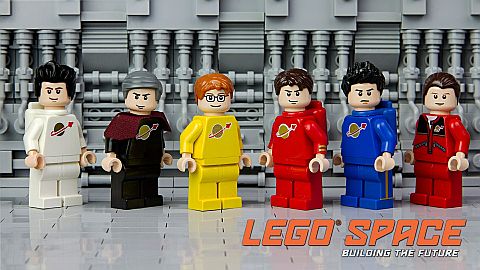
This LEGO book is focused. And that’s what I like about it the most. It is one book, one story, and a wonderful range of interesting LEGO models that fit that story. A lot of LEGO books, although beautiful, are all over the place; covering many different topics, models and building-styles. Although they are interesting – especially for those who are not familiar with LEGO or are only casual LEGO fans – I believe these kind of single-minded books are more pleasurable (and useful) for those who are already immersed in the LEGO hobby. I tend to give away my generic and coffee-table LEGO books after I flip through them once or twice. On the other hand LEGO Space: Building the Future is a keeper that I know I will continue to explore and enjoy.

LEGO Space: Building the Future is hard-bound, beautiful, and over 200 pages long. I highly recommend it for long-time LEGO fans who appreciate (and miss) the LEGO Classis Space, LEGO Ice Planet and LEGO Blacktron era. I believe this LEGO book would also appeal to tweens and teens who are into sci-fi and space themes. It is available on Amazon, where you can also read more reviews and take a look inside the book. Here is the link: LEGO Space, Building the Future on Amazon

If you have already gotten LEGO Space: Building the Future, feel free to share your thoughts and own review in the comment section below. And if you have any questions about this LEGO book don’t be shy to ask. 😉
And you might also like to check out the LEGO Books section for more reviews on interesting LEGO books, or check out these recent posts:
